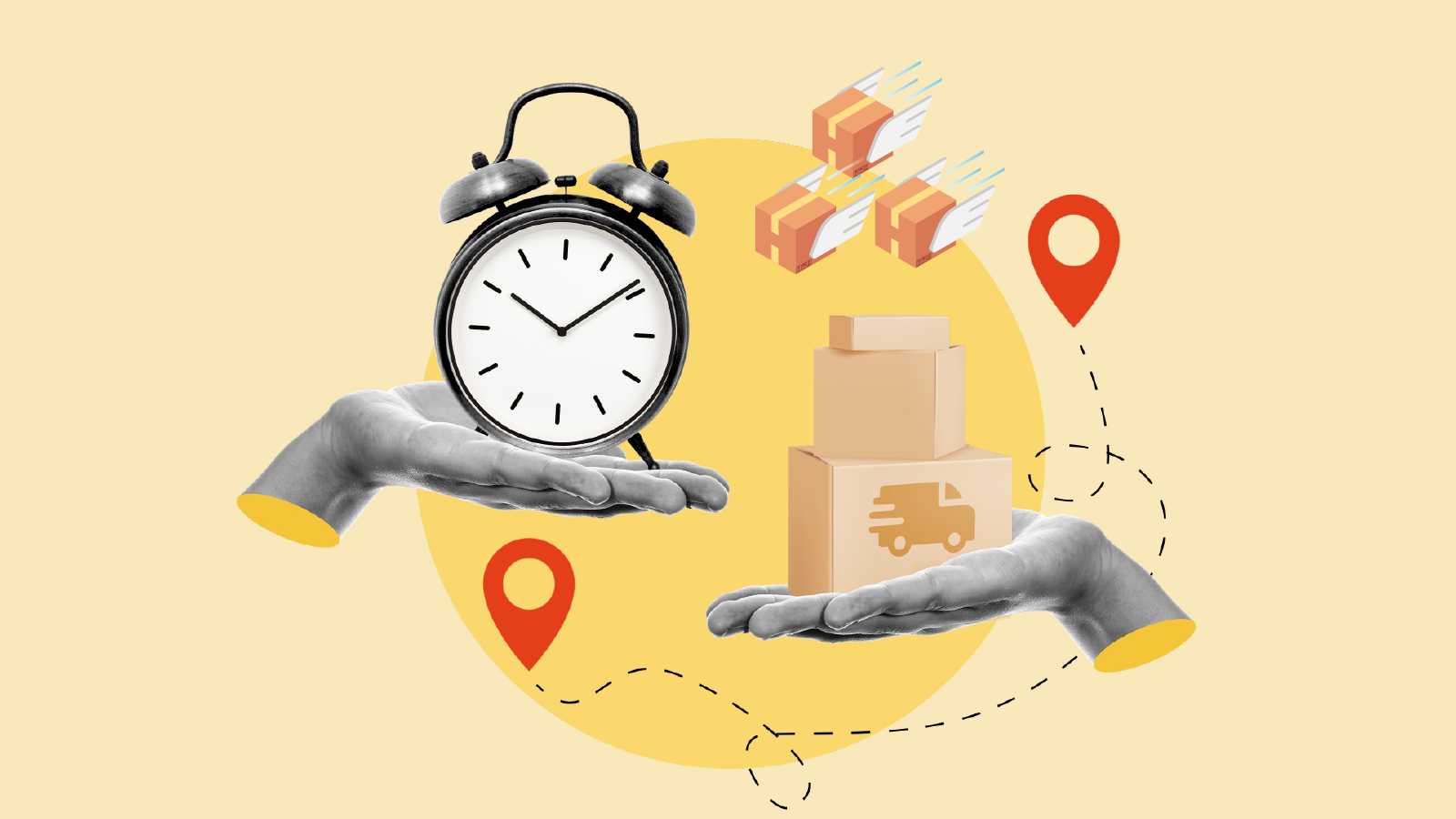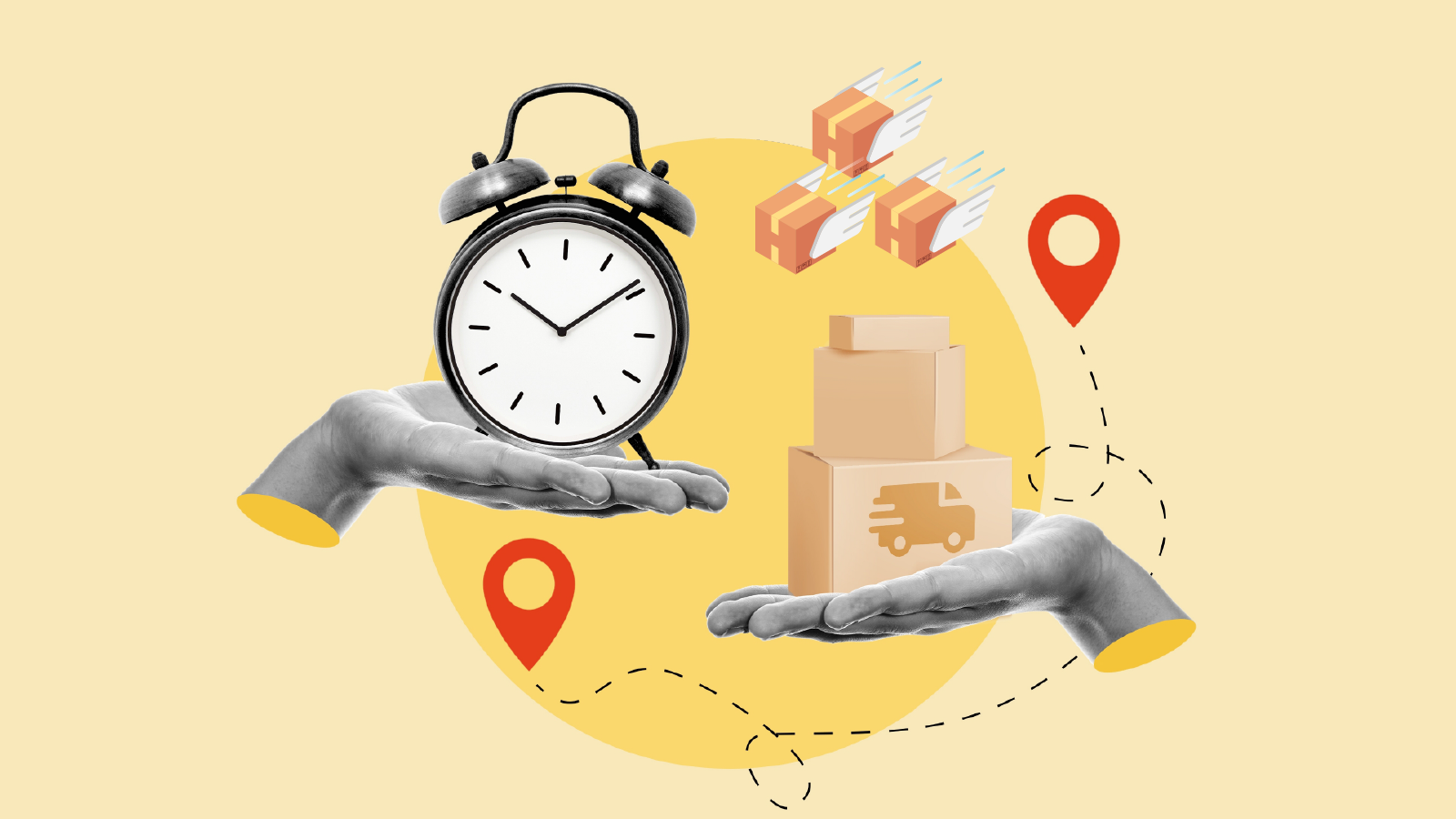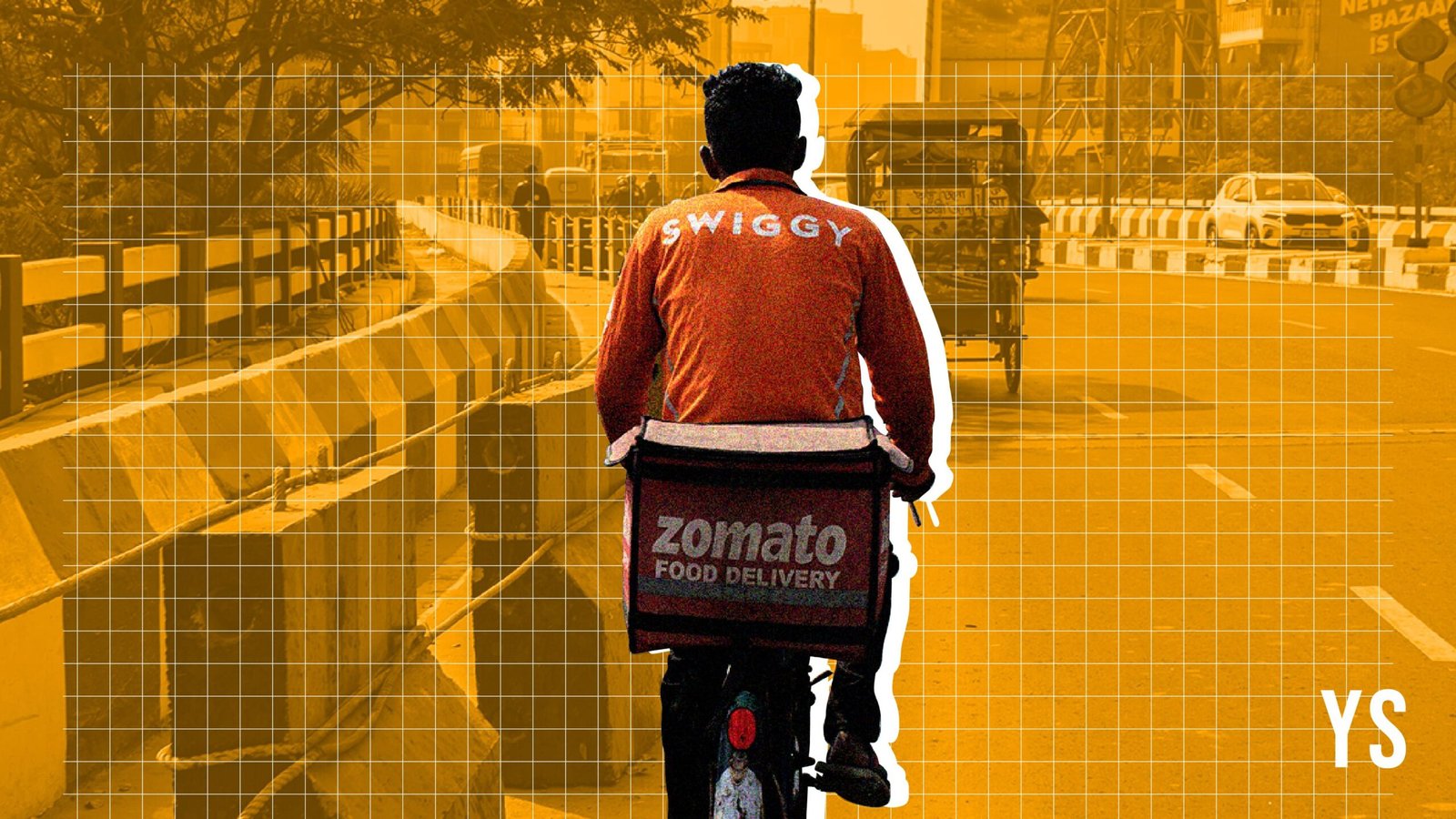India’s rapid commerce market poised to cross $20B by 2030: Study


The report positions rapid commerce as a scalable middle ground between traditional ecommerce, which delivers in two to three days, and quick commerce, which promises ultrafast drop-offs in under an hour.
Unlike the 10–30 minute grocery delivery model that has raised concerns over profitability, rapid commerce is designed to balance consumer demand for speed with healthier unit economics.
Consumers willing to pay for speed
The appetite for faster delivery is not just anecdotal. The study shows that more than 60% of Indian online shoppers are willing to pay a premium for same-day delivery. This willingness to pay has pushed companies to rethink their supply chains, and it is beginning to reshape purchasing behaviour itself.
Cart abandonment rates drop sharply when consumers are promised faster delivery, according to the report. That trend is drawing both digital-first and traditional brands into rapid commerce experiments. While groceries were the initial driver of quick commerce, categories such as skincare, nutritional supplements, small electronics, fashion, and gifting are now fueling demand for same-day delivery. A cosmetics executive quoted in the report put it bluntly: “Not all products and categories will need <1 hour delivery. Delivery within a few hours is attractive enough in our categories.”
This shift is also changing perceptions of what counts as an “urgent” purchase. A suitcase, for instance, was once seen as a planned purchase with delivery timelines of two to three days. But as one luggage company founder noted, customers today expect to receive travel gear the same day — especially if they are preparing for a sudden trip.
Why India has the edge
Rapid commerce has struggled with profitability in Western markets, but India enjoys a distinct structural advantage. Urban clusters offer high order density and shorter delivery distances, and labour costs remain a fraction of those in Europe. According to BCG’s analysis, picking, packing, and delivery costs account for less than 12% of order value in India, compared with more than 30% in markets like the UK. Rent and utilities, which consume about 7% of order value in Britain, account for just 1% in India.
These factors make it easier to sustain unit economics, while India’s fragmented offline retail sector leaves ample whitespace for digital fulfilment. The shift is also being fueled by digital-first consumer habits. UPI now processes over 18 billion transactions a month, surpassing the combined volumes of the US, EU, and China, habituating Indians to instant digital interactions.
Together, these tailwinds, low costs, dense cities, rising affluence, and a fragmented offline base make India uniquely suited for the scaling of faster commerce models.
Beyond the metros: Smaller cities step up
A notable trend is the acceleration of rapid commerce in smaller towns. Tier II and Tier III cities now account for over 40% of India’s online retail spending, growing faster than metros. In some cases, adoption is even swifter than in big cities. Nashik, for instance, surpassed 7,000 daily orders for a quick commerce service within six weeks, a pace faster than in Delhi or Bengaluru.
This demand shift reflects the broadening of India’s digital consumer base. From 85 million online shoppers in 2016, the country has surged to over 220 million today and is projected to reach 550–600 million by 2030. Smaller cities are no longer laggards; instead, they are setting the pace for new models of delivery.
Rapid commerce offers a way to meet these expectations without the prohibitive costs of ultrafast fulfilment. By leveraging shared hubs, pooled delivery fleets, and batched routing, logistics providers can extend same-day service into lower-density regions that traditional ecommerce warehouses or brand-owned dark stores struggle to serve profitably.
Dark stores and the rise of shared infrastructure
At the heart of rapid commerce lies the infrastructure of fulfilment. Quick commerce players relied heavily on small “dark stores”, neighbourhood warehouses stocked for hyperlocal delivery. But the economics of running hundreds of such stores are challenging. BCG and DTDC highlight a shift toward shared dark stores operated by third-party logistics (3PL) providers, where multiple brands can stock inventory under one roof.
This “dark store-as-a-service” model spreads fixed costs across clients and turns heavy capital expenditure into variable costs per order. When combined with batched routing, where riders deliver multiple orders along optimised routes instead of one-by-one trips, the model can lower last-mile costs by 20–30%.
For direct-to-consumer brands, this is particularly attractive. Rather than building proprietary fulfilment networks, they can plug into shared infrastructure and still compete on speed with larger marketplaces. The trade-off is coordination complexity, but the benefit is faster time-to-market with lower financial risk.
Operational and regulatory hurdles
The path to scaling rapid commerce is not without challenges. Real estate suitable for dark stores is scarce and competitive in dense neighbourhoods. Establishing a new store can take 25 to 50 days due to regulatory approvals, GST registrations, and local compliance checks. Communities have also begun pushing back, citing congestion, traffic, and loitering by delivery riders.
Operationally, managing shared inventory across multiple brands requires robust systems to prevent stockouts, pilferage, and wastage. SKU optimisation is crucial; bulky or slow-moving goods strain limited warehouse space. Above all, profitability hinges on order density. Without sufficient throughput, even well-placed dark stores may fail to break even.
The report suggests that supportive government policy could ease the rollout. Single-window clearances for dark stores, standardised licensing across states, and digitised audit mechanisms would reduce friction and allow the sector to expand faster.
A $2 billion logistics prize
While brands stand to gain consumer loyalty and conversion boosts, the study notes that logistics providers could be the other big winners. Building the infrastructure to support rapid commerce, from dark store networks and delivery fleets to technology platforms, represents a $2 billion-plus opportunity for the logistics sector.
Providers that invest in modular, shared, and tech-enabled infrastructure will be best positioned to scale. Innovations in warehouse management, live order routing, and demand prediction will be crucial to keeping operations efficient while meeting the promise of speed.
The Goldilocks zone of delivery
BCG and DTDC stress that rapid commerce is unlikely to replace other fulfilment models. Instead, India’s future retail ecosystem will be a patchwork of options:
- Quick commerce for urgent needs like groceries and medicines.
- Traditional e-commerce for long-tail categories and nationwide reach.
- Rapid commerce as the “Goldilocks zone” — fast enough to delight, but operationally viable at scale.
In an increasingly competitive market, speed has become a strategic lever as important as product or price. “Speed still matters,” the report notes, “but ‘fast enough’ is often better than ‘fastest.’”
Edited by Jyoti Narayan
Discover more from News Hub
Subscribe to get the latest posts sent to your email.







